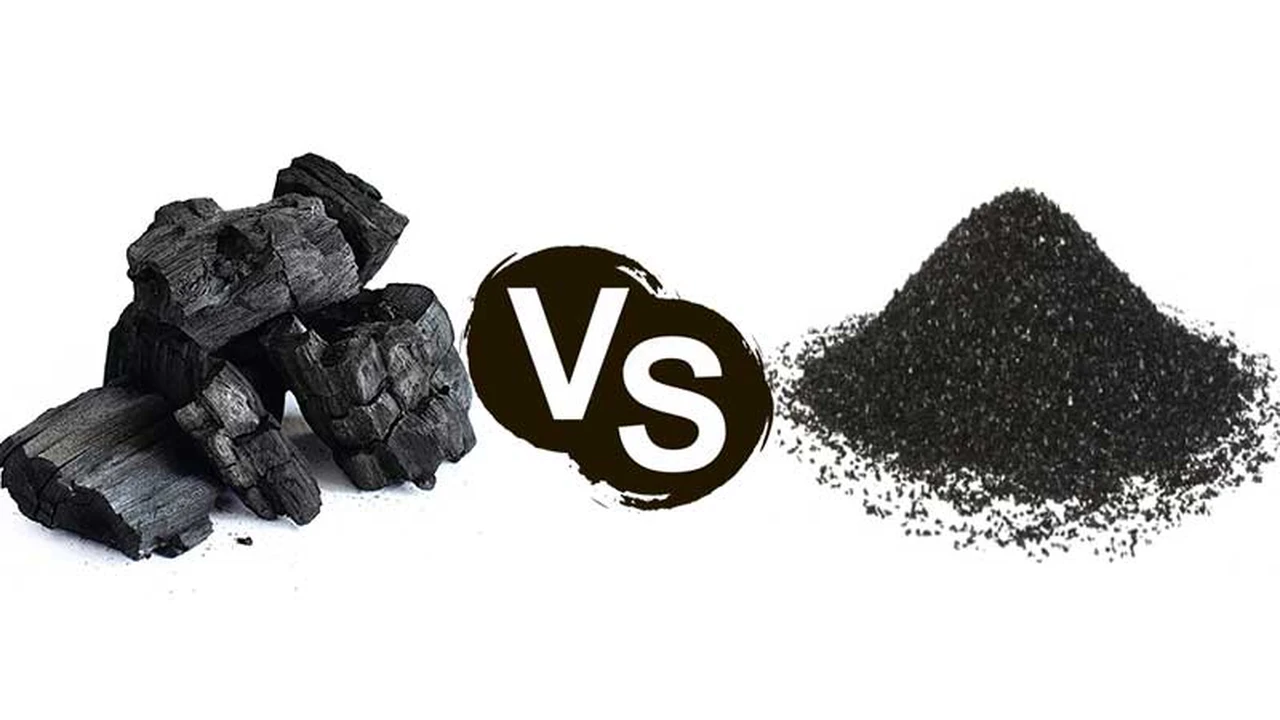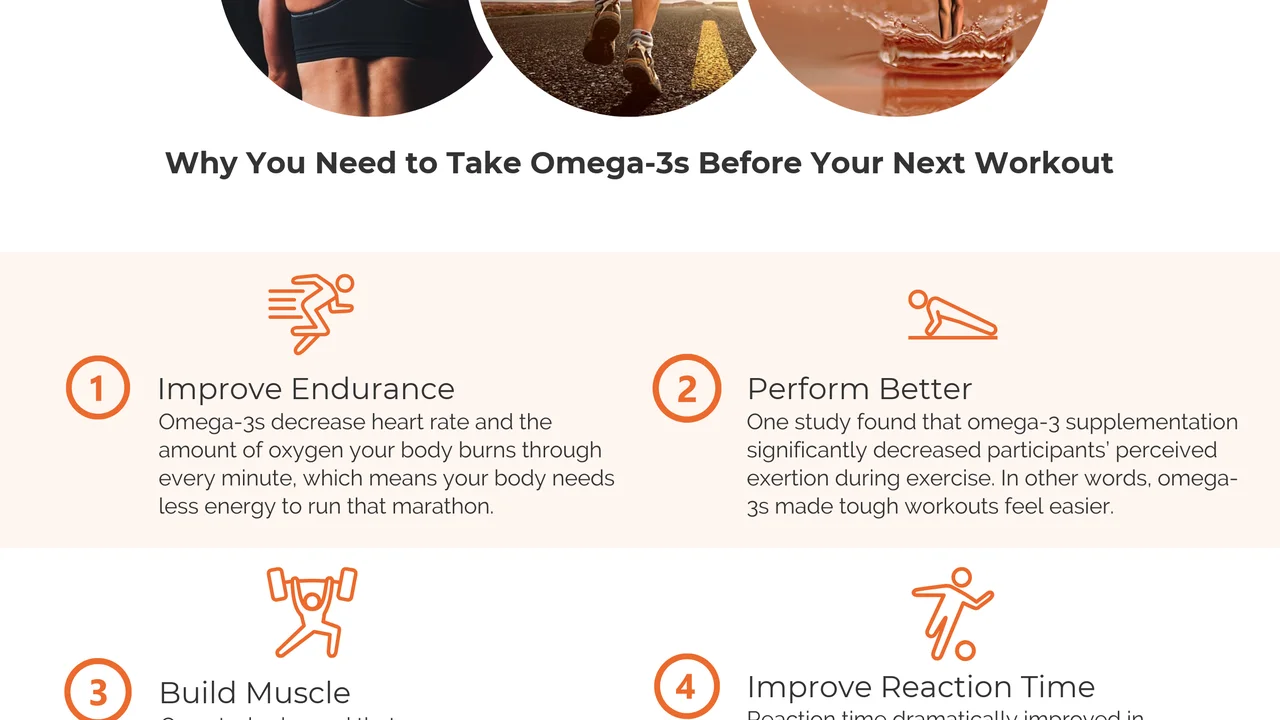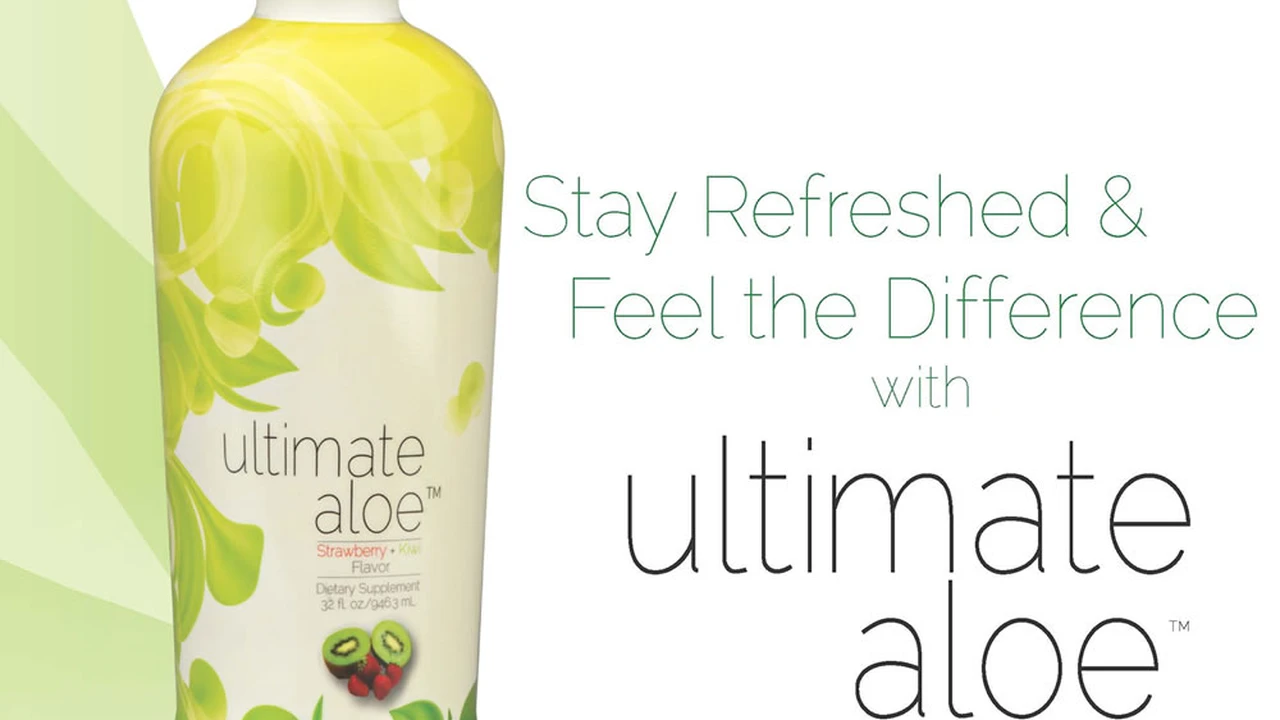7 Best Probiotic Supplements for Gut Health

Creatine is one of the most researched and popular supplements in the fitness world. It's known for its ability to enhance muscle growth, improve strength, and boost exercise performance. But with so many different forms available, it can be confusing to choose the right one. Two of the most common types are Creatine Monohydrate and Creatine HCL (Hydrochloride). Let's dive deep into the differences, benefits, potential side effects, and ultimately, help you decide which creatine is the best fit for your needs.
What is Creatine and Why Use It For Muscle Growth and Performance
Before we get into the specifics of Creatine Monohydrate and Creatine HCL, let's quickly cover what creatine is and why it's so beneficial. Creatine is a naturally occurring compound found in muscle cells. It plays a crucial role in energy production, particularly during high-intensity activities like weightlifting or sprinting. When you supplement with creatine, you increase the stores of phosphocreatine in your muscles. Phosphocreatine helps to regenerate ATP (adenosine triphosphate), which is the primary energy currency of your cells. By increasing ATP availability, creatine allows you to push harder, perform more reps, and ultimately, build more muscle. Creatine supplementation has been shown to: * Increase muscle mass * Improve strength and power output * Enhance exercise performance * Reduce muscle fatigue * Support brain function
Creatine Monohydrate A Detailed Look at the Original and Most Researched Form
Creatine Monohydrate is the original and most widely studied form of creatine. It's composed of one creatine molecule bound to one water molecule. It's been used by athletes and bodybuilders for decades and has a solid track record of effectiveness.
Benefits of Creatine Monohydrate For Strength and Muscle Building
The benefits of Creatine Monohydrate are well-documented. Research consistently shows that it's effective for: * Muscle Growth: Creatine Monohydrate promotes muscle protein synthesis, leading to increased muscle mass over time. * Strength Gains: By increasing ATP availability, it allows you to lift heavier weights and perform more reps, resulting in significant strength gains. * Improved Power Output: Creatine Monohydrate enhances power output during explosive movements like sprinting and jumping. * Enhanced Exercise Performance: It can improve performance in a variety of high-intensity exercises, including weightlifting, sprinting, and cycling. * Affordability: Creatine Monohydrate is generally the most affordable form of creatine available.
Potential Side Effects of Creatine Monohydrate and How to Mitigate Them
While generally safe, some people may experience side effects from Creatine Monohydrate, including: * Water Retention: Creatine Monohydrate can cause water retention, which may lead to a slight increase in body weight. This is usually temporary and not a cause for concern. * Gastrointestinal Issues: Some individuals may experience stomach cramps, bloating, or diarrhea, especially when taking high doses of creatine or when first starting supplementation. * Dehydration: It's important to stay well-hydrated when taking creatine, as it can draw water into the muscles. To minimize potential side effects: * Start with a Loading Phase (Optional): A loading phase involves taking a higher dose of creatine (e.g., 20 grams per day) for 5-7 days to quickly saturate your muscles with creatine. However, this is not necessary, and you can simply take a maintenance dose from the beginning. * Take a Maintenance Dose: The recommended maintenance dose is typically 3-5 grams per day. * Stay Hydrated: Drink plenty of water throughout the day. * Take Creatine with Meals: Taking creatine with meals may improve absorption and reduce gastrointestinal issues.
Recommended Creatine Monohydrate Products and Their Pricing
Here are a few recommended Creatine Monohydrate products: * Optimum Nutrition Micronized Creatine Monohydrate: This is a highly reputable and widely available brand. It's micronized for better solubility and absorption. A 300-gram container typically costs around $10-$15. * BulkSupplements Creatine Monohydrate: This is a great option for those looking for a pure and affordable creatine monohydrate powder. A 1-kilogram bag usually costs around $20-$25. * Myprotein Creatine Monohydrate: Myprotein offers a high-quality creatine monohydrate at a competitive price. A 250-gram bag typically costs around $8-$12. These products are generally available online and at most supplement stores. Always check the label for purity and quality.
Creatine HCL (Hydrochloride) An Alternative Form Promising Better Absorption
Creatine HCL (Hydrochloride) is another form of creatine that has gained popularity in recent years. It's created by binding creatine to hydrochloric acid. The key difference between Creatine HCL and Creatine Monohydrate is its solubility. Creatine HCL is more soluble in water, which some believe leads to better absorption and reduced side effects.
Benefits of Creatine HCL For Faster Absorption and Reduced Bloating
The purported benefits of Creatine HCL include: * Improved Absorption: Due to its increased solubility, Creatine HCL is believed to be absorbed more easily by the body. * Reduced Water Retention: Some users report less water retention with Creatine HCL compared to Creatine Monohydrate. * Lower Dosage: Because of its potentially better absorption, a lower dosage of Creatine HCL may be effective. * Reduced Gastrointestinal Issues: Some individuals find that Creatine HCL is easier on their stomach than Creatine Monohydrate.
Potential Drawbacks of Creatine HCL and Considerations Before Choosing
While Creatine HCL has some potential advantages, there are also some drawbacks to consider: * Limited Research: Compared to Creatine Monohydrate, there is less research available on Creatine HCL. * Higher Cost: Creatine HCL is generally more expensive than Creatine Monohydrate. * Effectiveness Not Fully Proven: While some studies suggest that Creatine HCL may be as effective as Creatine Monohydrate, more research is needed to confirm this.
Recommended Creatine HCL Products and Their Pricing
Here are a few recommended Creatine HCL products: * Con-Cret Creatine HCL: This is a popular brand of Creatine HCL. A 72-serving container typically costs around $30-$40. * Kaged Muscle C-HCL: Kaged Muscle is known for its high-quality supplements. A 75-serving container usually costs around $25-$35. * NutraKey Creatine HCL: NutraKey offers a creatine HCL option. A 120-capsule container typically costs around $20-$30. These products are available online and at some supplement stores.
Creatine Monohydrate vs Creatine HCL A Direct Comparison and Which to Choose
Now, let's compare Creatine Monohydrate and Creatine HCL side-by-side: | Feature | Creatine Monohydrate | Creatine HCL | | ----------------- | -------------------- | ------------- | | Research | Extensive | Limited | | Absorption | Good | Potentially Better | | Water Retention | Possible | Less Likely | | Dosage | 3-5 grams per day | 1-2 grams per day | | Cost | Affordable | More Expensive | | Side Effects | Possible GI issues | Less Likely | Which should you choose? * If you're on a budget: Creatine Monohydrate is the clear winner. It's the most affordable option and has a proven track record of effectiveness. * If you're concerned about water retention or GI issues: Creatine HCL may be a better choice. However, it's important to note that not everyone experiences these side effects with Creatine Monohydrate. * If you want the most well-researched option: Creatine Monohydrate is still the gold standard. * If you're willing to spend more for potentially better absorption: Creatine HCL may be worth trying. Ultimately, the best way to determine which creatine is right for you is to experiment and see how your body responds.
How to Use Creatine Effectively For Optimal Results
Regardless of which form of creatine you choose, here are some tips for using it effectively: * Take it consistently: Creatine needs to be taken consistently to saturate your muscles and maintain optimal levels. * Combine it with a healthy diet and exercise: Creatine is most effective when combined with a well-balanced diet and a consistent exercise program. * Be patient: It may take a few weeks to see noticeable results from creatine supplementation. * Cycle creatine (Optional): Some people choose to cycle creatine, taking it for a few months and then taking a break. However, this is not necessary, and you can take creatine continuously without any negative effects.
Other Types of Creatine To Consider For Specific Needs
While Creatine Monohydrate and Creatine HCL are the most common, there are other types of creatine available, including: * Creatine Ethyl Ester (CEE): This form was once thought to be more readily absorbed than Creatine Monohydrate, but research has shown that it's actually less effective. * Buffered Creatine (Kre-Alkalyn): This form is designed to be more stable in the stomach and reduce the risk of conversion to creatinine. * Creatine Nitrate: This form combines creatine with nitrate, which may improve blood flow and enhance exercise performance. * Creatine Magnesium Chelate: This form combines creatine with magnesium, which may improve muscle function and reduce fatigue. These alternative forms of creatine may have some potential benefits, but they are generally more expensive and less well-researched than Creatine Monohydrate.
:max_bytes(150000):strip_icc()/277019-baked-pork-chops-with-cream-of-mushroom-soup-DDMFS-beauty-4x3-BG-7505-5762b731cf30447d9cbbbbbf387beafa.jpg)






